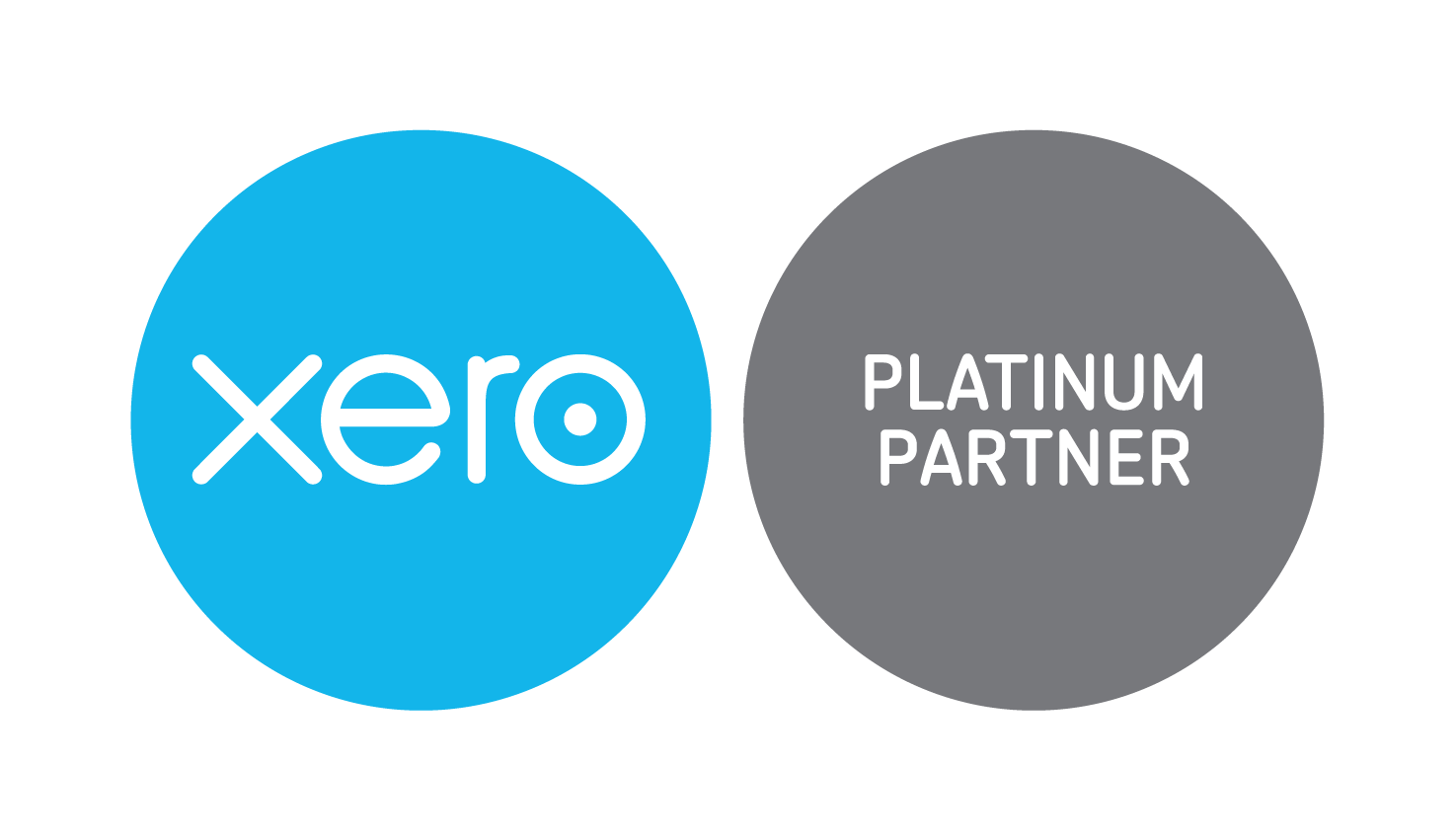
Head of Household Filing Status: Definition and Rules
If you are unmarried, pay more than half of your household expenses, and have a qualifying dependent who lives with you for more than half the year, you may file as Head of Household. For the 2025 tax year (filed in 2026), the standard deduction is $21,900, and the tax brackets range from 10% to 37%.
Head of Household Filing Status
The Head of Household filing status helps single parents and caretakers who support dependents. It offers a higher standard deduction and lower tax rates than the single status. It’s designed for people running a household on their own income.
Who Qualifies as Head of Household?
To qualify, you must meet three main requirements.
1. Marital Status
You must be unmarried or considered unmarried on December 31 of the tax year. You’re “considered unmarried” if your spouse did not live with you during the last six months of the year. Temporary separations such as military service do not count.
2. Financial Support
You must pay more than half the cost of keeping up your home. That includes rent or mortgage, utilities, property taxes, repairs, and groceries. It does not include clothes or transportation.
3. Qualifying Dependent
A dependent must live with you more than half the year. Qualifying dependents include your child, stepchild, foster child, sibling, or parent who depends on you.
Head of Household Tax Brackets and Standard Deductions
|
Rate |
Taxable Income Range (USD) |
|
10 % |
Up to $16,550 |
|
12 % |
$16,551 – $63,100 |
|
22 % |
$63,101 – $100,500 |
|
24 % |
$100,501 – $191,950 |
|
32 % |
$191,951 – $243,700 |
|
35 % |
$243,701 – $609,350 |
|
37 % |
Over $609,350 |
Standard Deduction 2025: $21,900 (Expected 2026 figure will rise slightly with inflation.)
How Filing as Head of Household Saves Money
Maria is a single mother with two kids and earns $80,000 in 2025. If she files as Single, she would owe about $11,000 in federal tax. As Head of Household, her tax drops to around $9,800 a savings of roughly $1,200.
Benefits of Filing as Head of Household
Filing as a Head of Household can significantly reduce your tax burden compared to filing under other statuses such as Single or Married Filing Separately.
Here are the main benefits:
-
Higher standard deduction than single filers
-
Lower tax rates across brackets
-
Eligibility for larger credits like the Child Tax Credit and Earned Income Tax Credit
-
Better refund potential for those supporting children or parents
Common Misconceptions about Head of Household
Myth 1: If I support any family member, I qualify.
Truth: You must have a dependent who meets IRS rules and lives with you more than half the year.
Myth 2: Paying rent for my parents automatically qualifies me.
Truth: Only if your parent is a dependent and you cover over half of their support.
Myth 3: Being married separately means I can choose HOH.
Truth: You must live apart from your spouse the last six months of the year.
How to Maximize Your Head of Household Tax Benefits
-
Claim Eligible Credits: Use the Child Tax Credit ($2,000 per child) and Earned Income Credit if you qualify.
-
Keep Records of Expenses: Save bills for rent, utilities, and groceries. The IRS may ask for proof (Form 886-H-HOH).
-
Plan Income and Withholding: Estimate refunds early using IRS calculator to avoid under-withholding.
Consult a Professional: If you share custody or care for elderly parents, a tax advisor can help confirm eligibility.
Special Living Situations and Filing Tips
Living with a Partner and Children
Each unmarried partner may file as Head of Household only if they each pay over half of their own household costs and have a qualifying child living with them.
Married but Living Apart
You may be considered unmarried if your spouse did not live with you during the last six months of 2025 and you support a child in your home.
Dependent in College or Military Service
A child temporarily away for college or military service still counts if they intend to return home and you provide more than half of their support.
Financial Impact and Planning for Head of Household
Filers
Filing as Head of Household can change your entire budget. For example, you stay in the 12% bracket until $63,100, while a single filer moves up after $47,150. That difference lets you save more or redirect funds into retirement accounts or college plans.
Is Head of Household Right for You in 2026
Ask these three questions before you file:
- Are you unmarried or considered unmarried for 2025
- Did you pay more than half your household costs
- Did a dependent live with you over six months
If the answer is yes to all, you likely qualify. This status often means hundreds of dollars in savings each year.
Conclusion
Filing as Head of Household can make a real difference if you support your family on one income. The higher deduction and lower tax rates mean more money for savings and everyday needs. Stay informed each year and speak with a tax professional if your living situation changes before 2026 filing season.
FAQs
Who can file as Head of Household in 2025?
Anyone unmarried who pays more than half of their household costs and has a qualifying dependent.
Can I claim this if my child is away at college?
Yes if they are under 24, a full-time student, and return home for breaks.
What if I live with my partner and our child?
Both may qualify if each pays more than half of their own household expenses and has a dependent.
Does this status change my tax rate?
Yes it offers lower rates and a higher deduction than single status.
What records should I keep?
Proof of rent, utilities, food costs, and dependent support such as school records or birth certificates.
Where to check latest IRS updates?
Visit the official IRS website each January for new brackets and deductions.
Follow SKFinancial on Facebook / Twitter / Linkedin / Youtube for updates.












